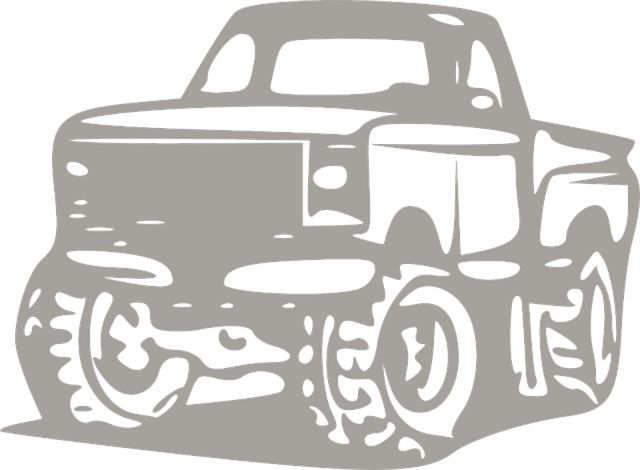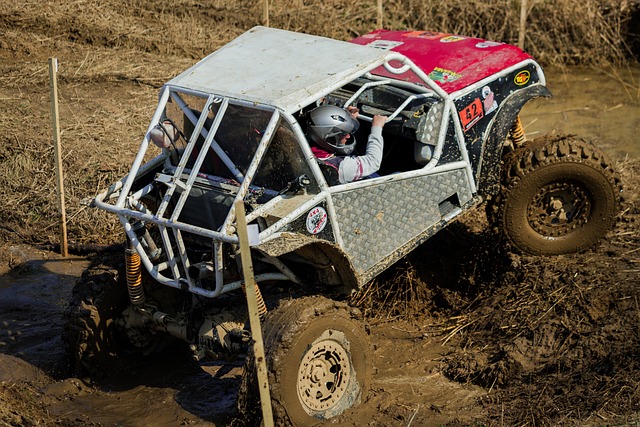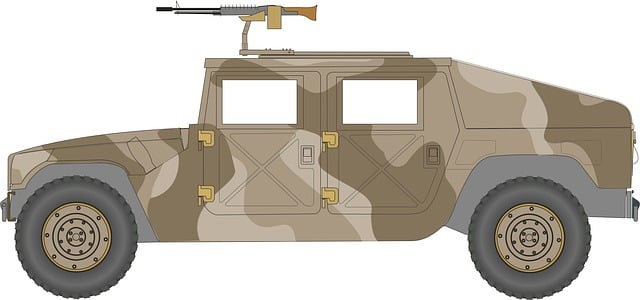Shackles, once symbols of oppression across civilizations, have evolved into complex rgv wheels-equipped mechanisms reflecting societal changes. While still used sparingly in modern criminal justice and high-risk scenarios, they spark ongoing debates on human rights and the legacy of historical restraint methods. RGV Wheels, meanwhile, revolutionize the automotive industry with advanced design, lightweight construction, improved fuel efficiency, and sustainable materials, promising a greener future for mobility.
Shackles, once bound to physical restraint, have evolved into powerful symbols of liberation and innovation. This article delves into their historical roots, tracing their journey from archaic constraints to modern-day applications. We explore how traditional shackles have transformed, giving rise to cutting-edge technologies like RGV Wheels. These wheels represent the unshackling of mobility and performance, redefining the future of transportation. Discover how historical legacies meet technological breakthroughs in this captivating narrative.
- Understanding Shackles: The Historical Perspective and Their Evolution
- RGV Wheels: Unshackling the Future of Mobility and Performance
Understanding Shackles: The Historical Perspective and Their Evolution

Shackles have a long and complex history, serving as both tools for restraint and symbols of oppression throughout various civilizations. Historically, they were used to bind prisoners, slaves, and criminals, restricting their movement and often causing immense physical suffering. The design of shackles has evolved over time, from simple iron chains to more sophisticated mechanisms featuring rgv wheels, which allowed for greater control and mobility while still maintaining security.
This evolution reflects changing societal attitudes towards confinement and the need for effective restraint mechanisms. Today, while shackles are no longer used as widely in criminal justice systems, they remain a crucial component of specific protocols, particularly during high-risk situations or transportation. The historical perspective of shackles offers valuable insights into our collective past and continues to shape modern discussions around incarceration, human rights, and security measures.
RGV Wheels: Unshackling the Future of Mobility and Performance

RGV Wheels represent a significant shift in the automotive industry, unshackling the future of mobility and performance. These cutting-edge wheels are designed to redefine driving dynamics by offering unparalleled strength, lightweight construction, and advanced engineering. The result is an enhanced driving experience characterized by improved handling, increased fuel efficiency, and reduced weight—all key factors that contribute to a more sustainable and efficient future on the roads.
With their innovative design, RGV Wheels cater to both performance enthusiasts and eco-conscious drivers. By utilizing advanced materials and manufacturing techniques, these wheels promise to deliver superior durability and reduced environmental impact. As the automotive sector continues to evolve, RGV Wheels stand as a beacon of progress, paving the way for a new era in mobility where style, strength, and sustainability merge seamlessly.
In understanding shackles’ historical significance and their evolving nature, we’ve witnessed a transformation from traditional constraints to innovative solutions. This evolution has paved the way for RGV Wheels, a symbol of progress in mobility and performance. By embracing these advancements, we unshackle ourselves from limitations past, opening doors to a future of enhanced capabilities and freedom.



